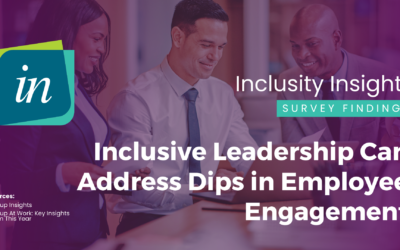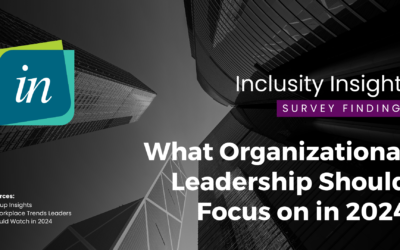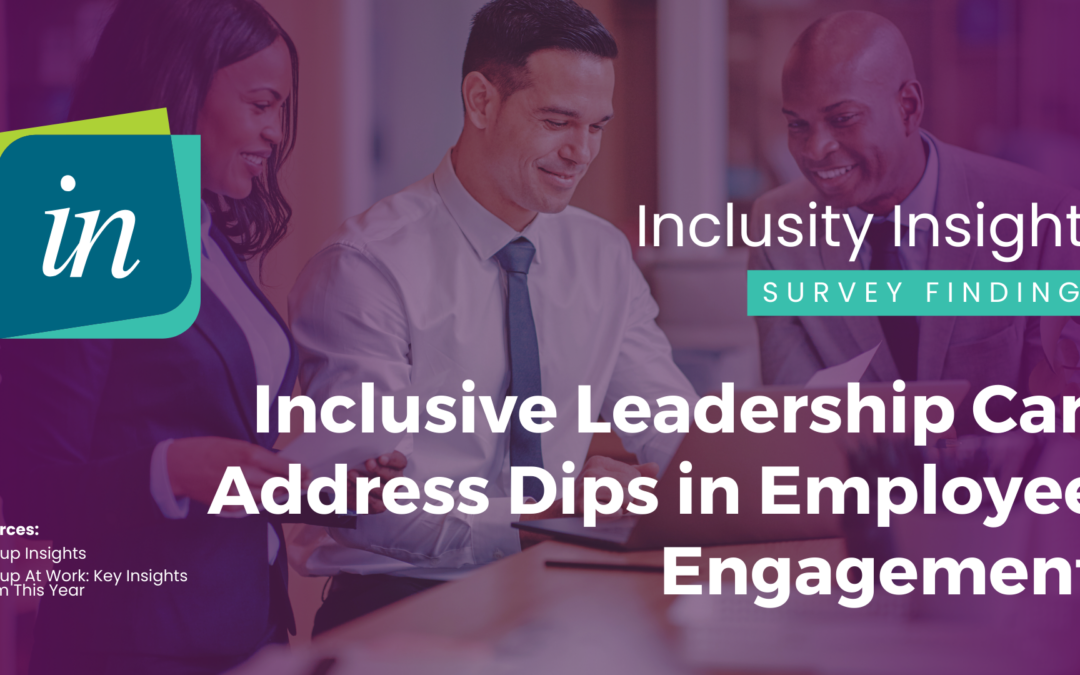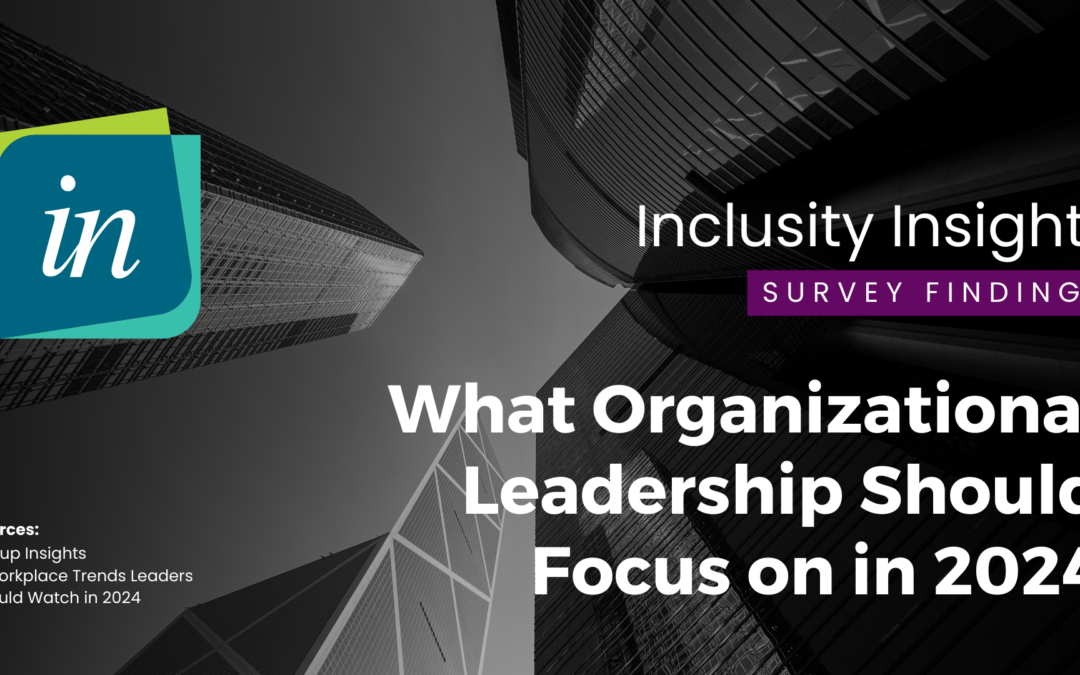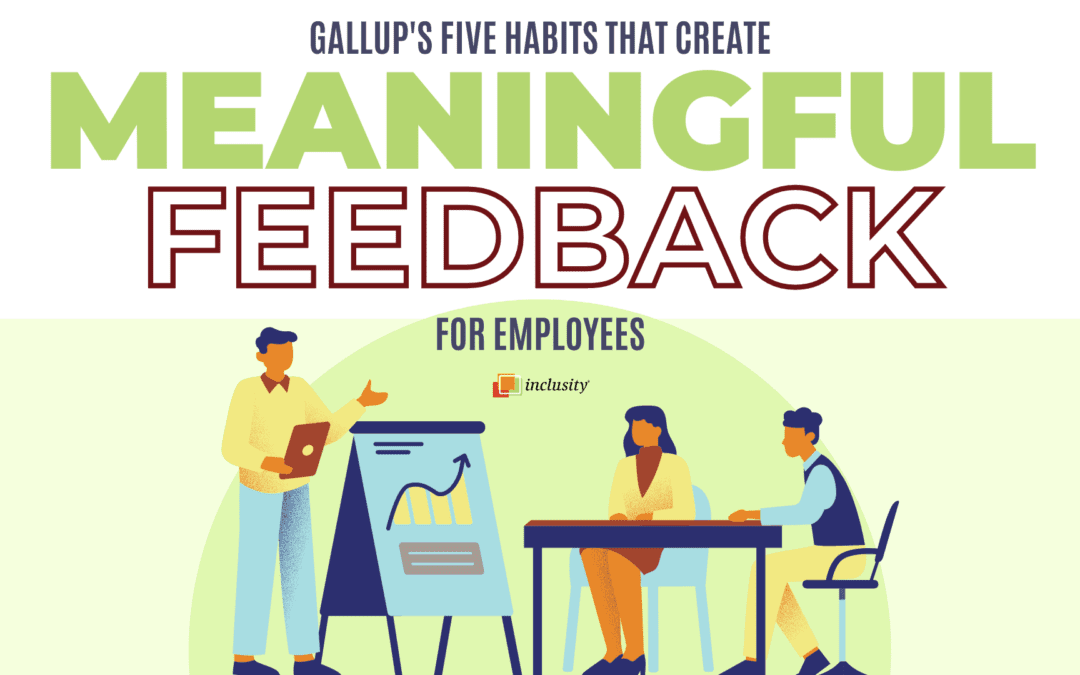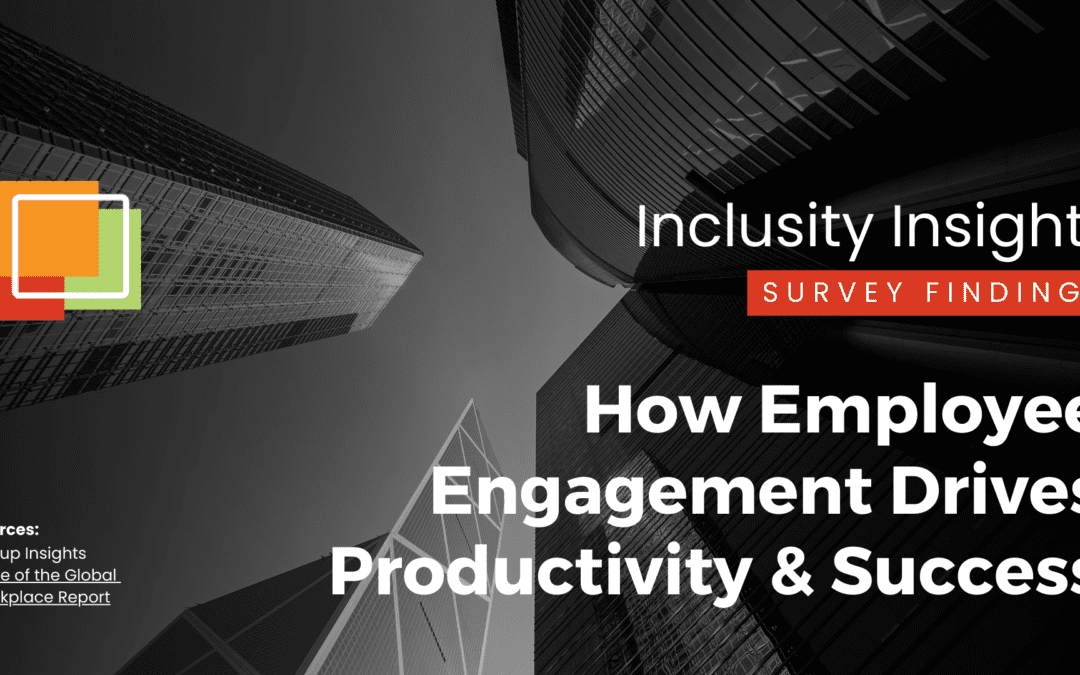Inclusive Leaders
How many of us, at some point in our lives, have felt like we were an outsider – no matter how hard we tried to fit in? Who hasn’t attended a meeting and posed a thought-provoking question to only be met by the sound of “crickets,” or mustered up the courage to attend a social event or walked up to a group of people engaged in conversation and felt awkward and excluded? Merely bringing together a diverse group of people does not assure meaningful engagement, high performance or even a pleasant experience — we must focus on inclusion and inclusive leaders.
Today, companies are finding that inclusiveness is not only desirable for team success and the right thing to do, it is essential to business performance. This necessitates inclusive leadership – leadership that assures that all team members feel they are treated respectfully and fairly, are valued and sense that they belong and are confident and inspired. And research backs up this idea.
By the Numbers
Not only has research shown that inclusion impacts perception of business performance, it correlates to actual business performance. Harvard Business Review’s article “Why Inclusive Leaders Are Good for Organizations, and How to Become One” makes the business case. The article points out that teams with inclusive leaders are 17% more likely to report that they are high performing, 20% more likely to say they make high-quality decisions, and 29% more likely to report behaving collaboratively. Furthermore, they found that a 10% improvement in perceptions of inclusion increases work attendance by almost one day a year per employee, reducing the cost of absenteeism. This is a game-changer.
Leading the Way
Senior leaders and managers often carry a heavy load, at times even more than they realize. Employees’ perception of leaders and their behavior can have far-reaching influence and weigh heavily into their feeling of inclusion within the organization. You might ask if the qualities that make for a good leader in general are the same as an inclusive leader. Recent research by Deloitte found six traits “that distinguish inclusive leaders from others: visible commitment, humility, awareness of bias, curiosity about others, culture intelligence, and effective collaboration.”
Based on our training and coaching experience, Inclusity finds these traits important, along with others that we have identified during our decades of experience. We are moving to a leadership model of “engage and include,” in which specific behavior and actions can help to promote and achieve an inclusive culture. This is a culture that encourages productivity and engagement. Delivering meaningful culture change through inclusive leadership takes all these behaviors and an ongoing commitment to lead every day by example.
“It’s only after you’ve stepped outside your comfort zone that you begin to change, grow, and transform.”
– Roy T. Bennett
Diversity + Inclusion = Transformation
Building inclusive and diverse teams is not just good business. It allows individuals to bring their “whole” self to work while maintaining a sense of connectedness and safety. Without these experiences, how are we to build a solid foundation of trust? Are we going to remain confident and collaborative in the work environment? We have learned there are many benefits to a balanced focus on D&I; let’s look at innovation, customer satisfaction, and reduction of risk.
Innovation has proven to be a critical factor leading to success in business. It can set your business apart and oftentimes provides a competitive advantage. How does one create a diverse workplace environment that encourages and cultivates innovation in a global market? Inclusion. We have come to understand a strong correlation exists between inclusion and innovation; diverse perspectives ultimately enhance problem-solving and generates better ideas.
Customer satisfaction is highly dependent on exceptional customer service. Today’s customers are savvy; many are seeking authentic messages of equality that resonate with their personal values, thereby reflecting in their spend and social media “voice.” So, a diverse and inclusive workforce can provide organizations with a competitive advantage. As demographics change, organizations may depend on employees who offer different perspectives — employees who represent and understand the diverse backgrounds of the customers, clients and communities they serve.
What transpires when we bring together a group of diverse individuals who feel empowered, share their ideas openly, recognize their worth, and fully engage? When led by inclusive leadership with a strategic goal the probable result is a high-functioning team. Picture individuals of diverse backgrounds, knowledge, experience, gender, etc., sitting around the table exchanging ideas, challenging the status quo, sharing their expertise, and solving complex problems. This is where the magic happens: risks are mitigated, gaps identified, and cost savings realized.
Deloitte conducted research that captured the experiences and views of 1,550 employees in three large Australian businesses, which supports this concept. They found “that diversity of thinking is a wellspring of creativity, enhancing innovation by 20% and enabling groups to spot risks, reducing these by up to 30%”.
Why Lead with Inclusion?
The data has shown that diverse teams outperform others. They are also more innovative, provided they manage their diversity, practice inclusion, and leverage both their similarities and differences. Doing these things effectively can bring your organization to a higher level of performance.
Since its inception, Inclusity has embraced a holistic approach toward D&I work. We believe success lies where inclusion and diversity meet: a high energy, productive and collaborative environment in which all individuals are affirmed and valued for their unique contributions. To learn more about our Conscious Inclusion workshop or other training, coaching and consulting to build a culture of inclusion at your organization, please contact https://www.inclusity.com/contact/.



